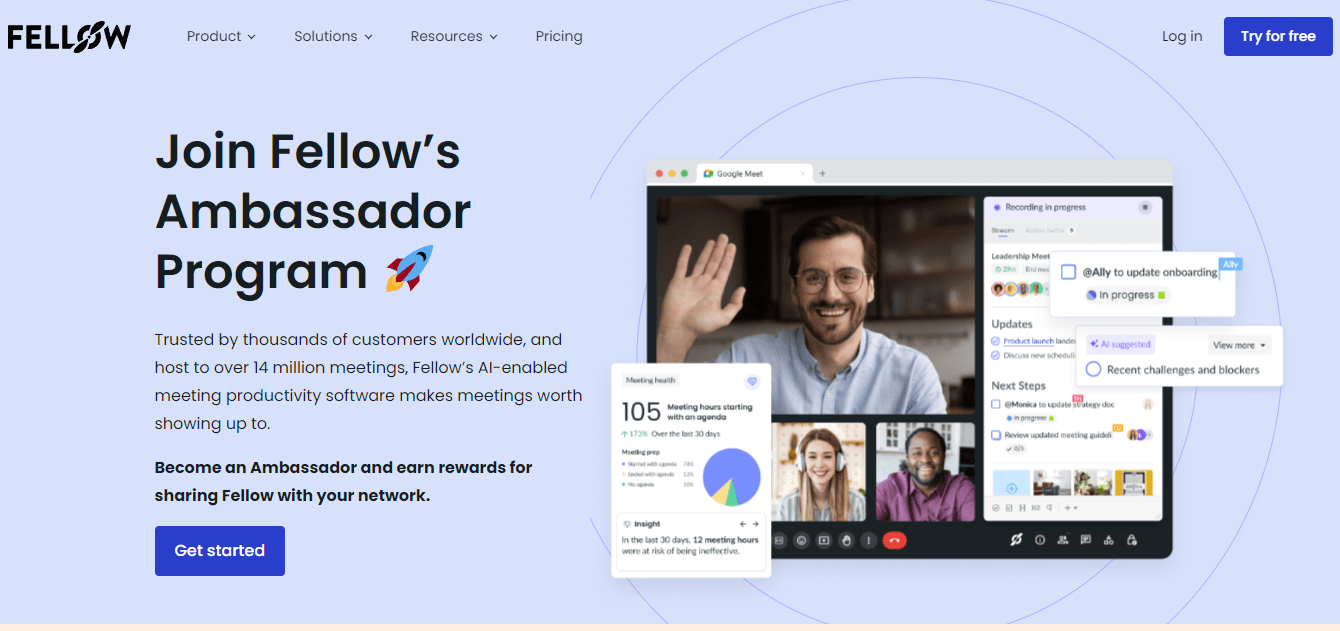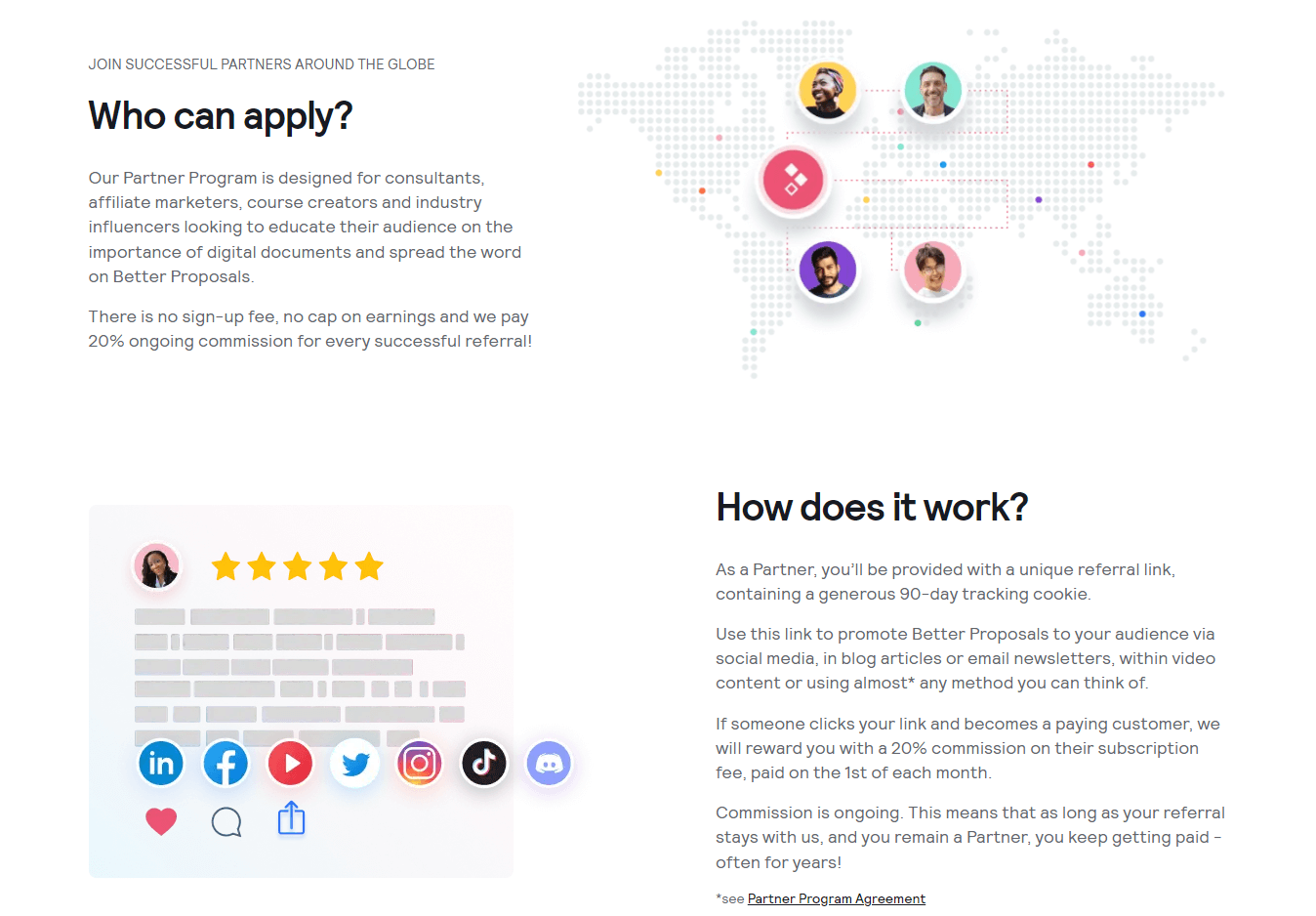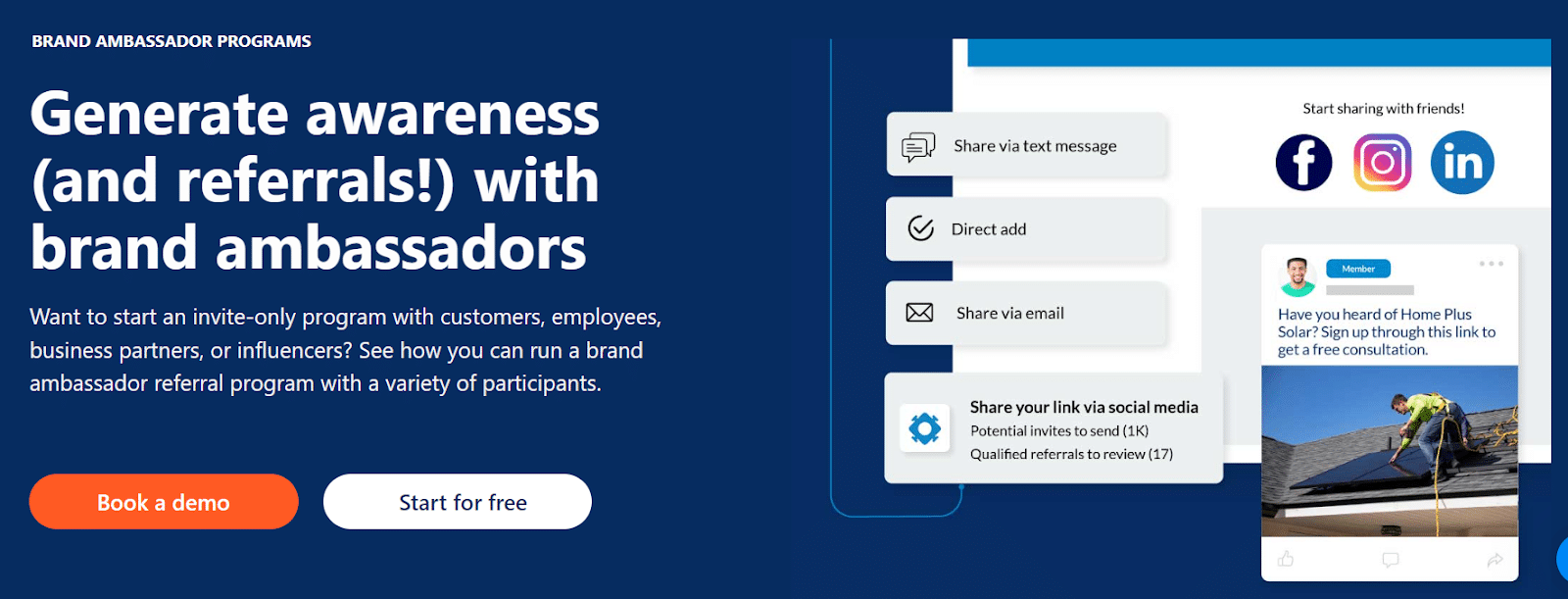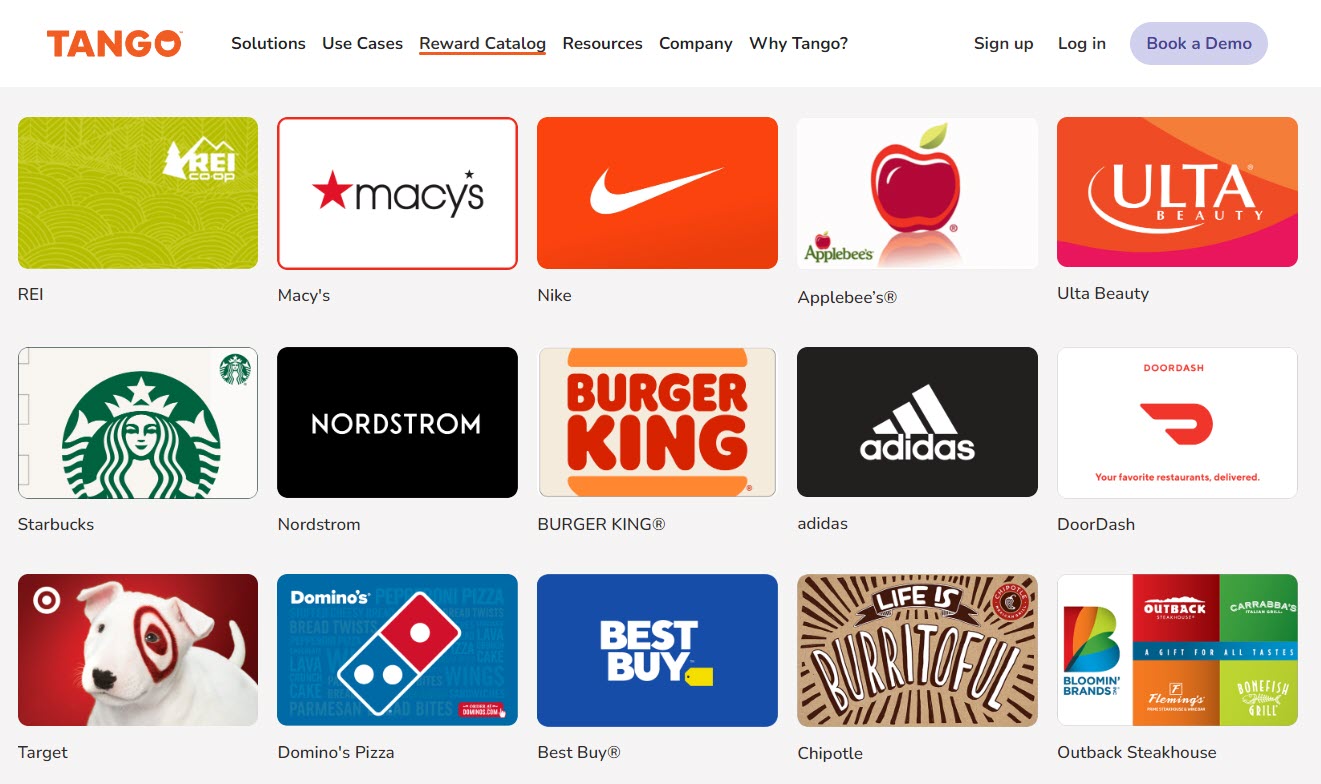An outstanding product and stellar customer service can only get you so far in the very crowded and highly-competitive B2B marketing space.
As a B2B business owner, it’s critical to optimize your existing resources to cost-effectively drive leads and generate sales. That’s where B2B brand ambassadors come in.
B2B brand ambassadors are key to establishing trust and credibility and building lasting relationships with your target customer base – in an age where brand loyalty is the proverbial pot of gold at the end of the rainbow.
In this article, we cover everything you need to know about B2B brand ambassadors, why they matter, and how to build a successful B2B brand ambassador program that drives genuine impact.
What are B2B brand ambassadors?
B2B brand ambassadors are customers, partners, or employees who are passionate about your brand, who consistently and enthusiastically share why they love it with others, and who have firsthand experience with your products/services.
Additionally, ambassadors should have experience in the specific vertical you’re operating in as an acknowledged ‘expert’. Ideally, they should also have a sizable audience that is keenly interested in hearing what they have to say.
Ambassadors will partner with you under a contract and agree to promote you in the long-term, both online and offline. You’ll reward them for their efforts with incentives of your choice, such as cash or gift cards.
For online promotions, it’s best practice to provide a unique tracking link via purpose-built brand ambassador software, so both parties can easily track the leads and sales that have been generated.
How do B2B ambassador programs work?
The idea behind a B2B brand ambassador program is to leverage the networks (ideally, networks similar to your target audience) of passionate fans who can ‘organically’ promote to generate new leads and sales.
You’ll recruit these fans to promote your brand as official representatives while you give them the tools and support they need to promote your products and services. To make the process transparent and the ROI measurable, you’ll track their online and offline marketing activities.
Brand ambassador software makes it easy for you to accomplish the tracking of online advocacy efforts. Ultimately, you’ll reward them according to the amount of business they bring in. It’s a win-win!
B2B vs B2C brand ambassadors
Brand ambassadors are often associated with B2C products. But there is a unique opportunity for brand ambassadors in the B2B space, given the distinctive requirements of this vertical.
B2B is distinguished from B2C by its longer sales cycle — a byproduct of the in-depth research, stakeholder involvement, and budgetary considerations required to make a purchase decision. There’s also an element of risk involved in making the right choice, which further adds to the level of consideration required pre-purchase. So, here’s what sets B2B brand ambassadors apart.
Like many of their B2C counterparts, B2B brand ambassadors are existing customers and fans with lived-in experiences of your products and services. This translates to credibility and the ability to build trust.
But B2B ambassadors are often industry experts, decision-makers, and niche-specific content creators with a reasonable, highly engaged following. Expertise is a core differentiator here, unlike emotive storytelling, a factor that’s more aligned with the B2C industry.
In order to strengthen the perception of expertise, the content created by B2B ambassadors will generally be lengthier and more in-depth, providing considerable educational value. So, for example, B2B brand ambassador content can revolve around themes like helpful features that solve specific problems.
Unlike B2Cs’ still posts on social media platforms, for example, you’re more likely to see B2B content in the form of educational videos, podcasts, and webinars. The content is also more likely to be backed up by data and expert insights.
For the same reason, B2B ambassadors are more aligned to platforms such as LinkedIn and blogs (unlike TikTok or Instagram, which are more suited for storytelling and visual promotions).
B2B ambassador programs generally place the most weight on generating quality leads and sales from a relatively smaller pool of more serious prospects. They’re less interested in generating high numbers for engagement and reach on social media.
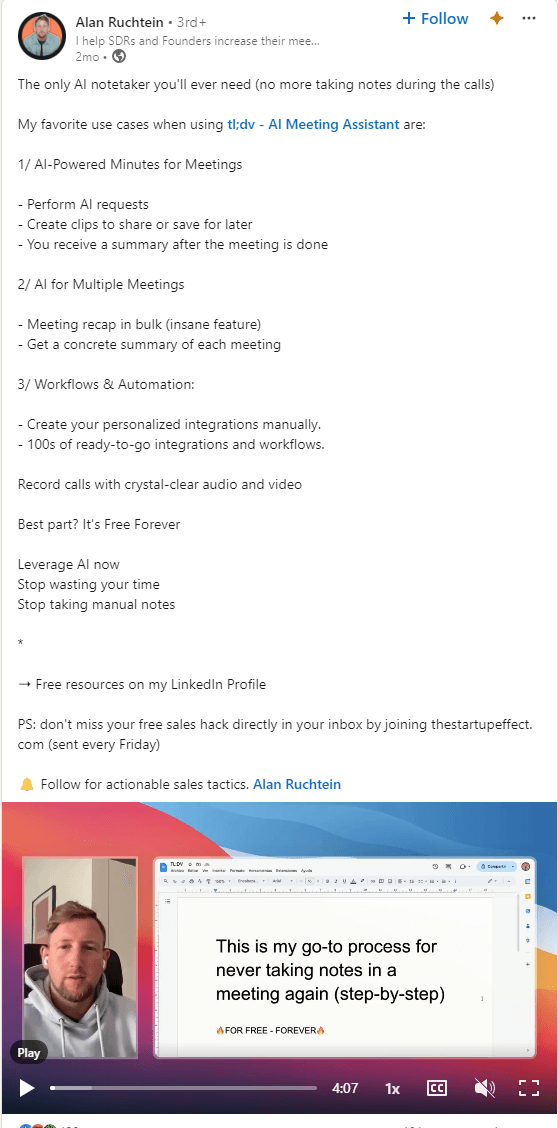
Benefits of B2B brand ambassadors
Deploying B2B authorities and influencers as ambassadors provides multifold benefits for your business:
- The authentic sharing and testimonials of B2B brand ambassadors (who are seen as experts) are more likely to be trusted by peers compared to direct brand marketing campaigns that can appear overly focused on profit. This translates to more organic lead generation and paying customers.
- Brand ambassadors help expand your audience by contributing their own network (which ideally aligns with your product/service vertical).
- Because B2B content is driven by expertise and data, you can expect B2B brand ambassadors to bring in more loyal, discerning, and higher-quality leads.
- Ambassador programs are seen as low-risk because the payments are tied to actual leads and sales generated. No need to pay before you see results!
- Ambassador programs are also cost-effective, versus traditional marketing strategies like ads.
- Unlike spreading your net wide and thin for traditional online marketing, B2B brand ambassador programs, you have an audience that’s already primed and ready.
How to start a B2B ambassador program
At this point, you may naturally start to have questions about how you can actually create and structure your brand ambassador program. We recommend the following:
1. Set goals for your brand ambassador program
No two B2B businesses are alike, and you can have your own specific goals that you want to achieve for your business. In general, B2Bs typically aim for any or all of the following goals:
Drive sales: At the end of the day, all your marketing activities are geared towards increasing your bottom-line profits. In this case, it’s about leveraging the influence and community of your B2B brand ambassador to drive more subscriptions or product purchases.
Generate conversions: A ‘conversion’ doesn’t necessarily always mean converting a prospect to a customer. It really depends on how you choose to define it for your business. A conversion can also refer to lead qualifying actions – a download of your product to try it out during a free trial, a sign-up to the company’s website or even sharing contact information to download a case study, as a few case examples. However, all forms of conversion have one ultimate goal – to lead the prospect down a marketing funnel with the end goal of having them buy your product.
Expand to new audiences: Brand ambassadors can help brandshare with their own communities, which is perfect when their communities have a general interest and affinity for your product and services. The effect can be exponential – a person from your brand ambassador’s community shares, and the shares may get amplified to an even wider audience from there on though others in the person’s network.
Increase brand awareness and brand recognition: Yes, sales and conversions should be your main goals. But you should also measure the brand awareness that ambassadors generate, based on who clicks their link and visits your site. Even if they don’t purchase right away, people know more about your brand and can recall what it stands for.
Build stronger authority: You can strategically grow your authority through consistent, high-value content. Ambassadors’ expertise and authority (a core aspect considered by B2B product purchasers) contributes to your own authority when they recommend you, which by association helps position your product as incredibly relevant.
Foster customer loyalty: It costs a lot more to acquire new customers than it does to keep generating repeat purchases from your existing customers. While B2B customers are unlikely to be as fickle as B2C consumers, their loyalty cannot be taken at face value. The trust people place in brand ambassadors makes them both more likely to purchase, and more likely to remain satisfied, loyal customers.
2. Define your ideal B2B brand ambassador
The ideal B2B brand ambassador should be someone who has had actual positive experiences with your product and is enthusiastic about sharing it with others. They should also be an acknowledged industry expert for the product you sell, in which case they’re more likely to be viewed as authoritative and credible. In that sense, potential B2B brand ambassadors can encompass customers, employees, and even business partners.
3. Decide on the rewards you’ll offer
Even though B2B brand ambassadors love your product and use it regularly, they aren’t always the ones paying for your product directly. If they aren’t the direct buyer, don’t reward them with credits toward your product – no one likes a reward you can’t use.
Instead, it’s a good idea to research the market and survey potential ambassadors to understand what types of rewards would be most appreciated. Cash rewards are a universal favorite, as are gift cards. because the recipients can spend them how they wish and purchase items they would genuinely enjoy.
Aside from these, you can also look at tangible incentives like trending technology items for your best performers.
Regardless of the rewards you choose, always plan to award ambassadors based on the sales they make (and/or the leads they generate) – true conversions that impact your bottom line.
4. Establish other program terms
Before you hit the ground running, it’s important to lay down the rules of engagement in the form of a contract to be upheld by both parties. Establish the following and record these in your contract:
Will you reward ambassadors for both leads and sales? If you’d like to reward ambassadors for both, start a multistep program. In a multistep program, brand ambassadors are rewarded at different steps or stages in the lead/sales generation process; for example, they get a reward for a lead, and then another for a sale, and then a recurring percentage from ongoing subscription renewals.
Rewarding for leads and sales is most ideal, given that the build-up time to an actual sale can be a lot longer in the B2B sales cycle. It’s more motivational and keeps ambassadors interested throughout their engagement with your brand.
Will you give ambassadors larger rewards as they bring in more new customers? An ambassador program where ambassadors get higher rewards in tune with higher sales is called a tiered program. It’s a very straightforward structure where high-income generators can earn a bigger piece of the pie, typically with additional bonuses and perks.
How long are they eligible for rewards after someone clicks their link? 30 days can seem like a lot, but that’s often woefully inadequate for the B2B sales cycle. Up to 90 days can appear a lot more attractive to B2B ambassadors who’re focused on online marketing. B2B purchases are generally not made on impulse, so bear that in mind when deciding your cookie duration.
Or, are they always eligible for rewards as long as their link was the first or last clicked?
The B2B sales process tends to last longer and involves more touch points. Hence, a more attractive proposition is to factor in all the touchpoints which could potentially lead to a sale or conversion when setting up your rewards structure. The first or last click shows which ambassador has made a big difference in the lead’s conversion, so you might want the reward process to reflect that.
5. Find and reach out to potential brand ambassadors
Your initial research into brand alignment (in terms of both audience type and values) will give you insight into whether an ambassador is the right fit for you. Also, cover the elements we discussed earlier, such as passion for your brand, lived-in product experiences, and niche expertise.
When narrowing down your prospect pool, prioritize your most loyal customers, top sharers, and most relevant experts, and reach out to them with a personalized note. Invite them to join and brief them on what to expect from your program and the benefits they can potentially receive.
In terms of the actual groundwork of hunting down brand ambassadors, here are a few different options worth checking out:
- Search through social media platforms like LinkedIn and X.
- Use purpose-built software like brand mention tools.
- Sift through customer data.
- Sign up to influencer marketing platforms.
- Create application forms that prospective ambassadors can be invited to fill up.
6. Train ambassadors and set expectations
It’s critical to define expectations early on so both parties are on the same page in terms of deliverables as well as expectations. This is especially important when it comes to how the brand ambassadors represent your brand. Some questions to consider:
- Are there requirements on how often they should promote you?
- What can and can’t they say about your brand? Any no-go areas or gray areas?
- What key information (features, differentiators, ways your product helps accomplish goals) should ambassadors highlight when marketing to other businesses?
Ensure your ambassadors sign a contract to that effect. Make sure they have a unique tracking link to monitor their earnings. Also, ensure you have adequate branded content material that ambassadors can rinse and repeat without having to worry about compliance with branding guidelines. The easier the process, the more likely they’ll promote your brand with enthusiasm.
7. Make plans for regular communication with ambassadors
A brand ambassador program is not a ‘set up once and forget’ exercise. While you can get the technical elements to function automatically, relationship-building is a key aspect that just can’t be ignored. Brand ambassadors are more likely to stay on board for the long haul if they feel like they’re part of a relationship that’s built on mutual trust and collaboration as opposed to just another transactional arrangement.
Schedule regular check-ins with your brand ambassadors. Use video platforms like Zoom to catch up and find out how your ambassadors are faring. Identify challenges, if any, areas for improvement, and work toward addressing these when they arise.
Incorporate coachable moments. Encourage dialogue and give constructive feedback. Emphasize your availability for support.
Include regular email updates in your communications with ambassadors to ensure you’re always top-of-mind. They’re also good at disseminating information about promotions and any important changes to the program (although major changes should ideally be communicated one-on-one).
8. Track your program’s performance
The most efficient way to track your brand ambassador’s program is to use brand ambassador software. The software makes it easy for you to consolidate all your data while enabling trend analysis and helping you plan future marketing activities.
Aside from tracking ambassador performance and rewards issued, you also want to track brand-relevant KPIs in the form of impressions, shares, reach, inbound traffic, and so on. The idea is to systematically measure the impact of brand ambassador performance on your brand’s visibility.
KPI tracking also helps you identify if there are any parts of the program that need further refinement to bring you closer to goal achievement.
Choosing the right brand ambassador software
B2B companies typically spend a lot of time researching software before selecting one that’s the best fit.
One aspect that gets easily overlooked is the ability to run tiered and multi-step programs – having a structure like this enables you to reward at various stages (qualified lead, followed by purchase) and to provide rewards that are proportionate with the business brought in (the higher the ROI, the bigger the rewards). Also, ensure that there is a robust tracking mechanism in place, so you have full insight into the impact in terms of brand awareness, leads, and sales.
If you’re on the lookout for effective brand ambassador program software, consider Referral Rock. It’s advanced enough to run any rewards structure you wish, and tracks detailed metrics on ambassadors’ referrals, from brand awareness to lead qualification to purchase. It also makes for a seamless user experience – ambassadors can easily access the ambassador program by using Referral Rock’s One Click Access links, so there is no going through hoops and multiple logins to get to their dashboard.
With Referral Rock, you can also ensure your program is top of mind with brand ambassadors by engaging them on an ongoing basis through email promotions.
Plus, Referral Rock is integrated with Tango, so ambassadors have even more options to choose from with gift card rewards.
Start your own B2B ambassador program
B2B businesses have unique marketing challenges to contend with in a very crowded and competitive marketplace. In this article, we discussed how leveraging brand ambassadors can become a game changer for your business, as well as best practices for successfully setting up a program of your own.
With strategic planning and through the use of purpose-built brand ambassador software, you can set up a brand ambassador program in little to no time at all, while watching your brand grow exponentially through strategic engagement with thought leaders and their communities.

